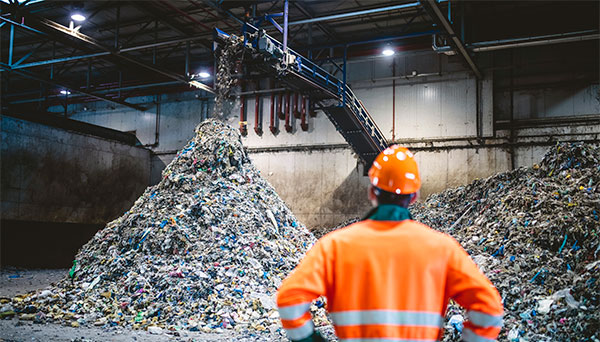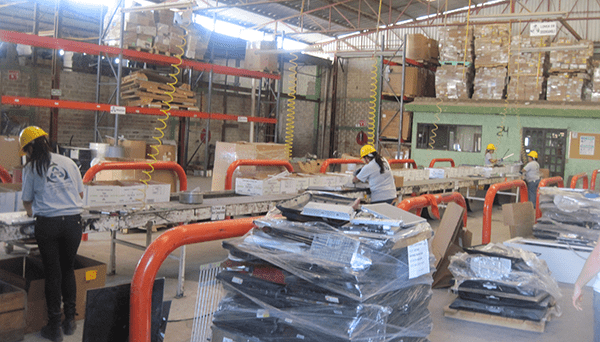Opportunities for Circularity in the North American Electronics Sector: Phase 1
Status: Active
Operational Plan: 2022
Project Duration: 24 months
Start date: June 24, 2024
Linear models of economic production and consumption place a high demand on natural resources and accelerate environmental degradation. This in turn translates into increased business risks through higher costs, as well as supply uncertainties and disruptions.
In CEC’s 2021–2025 Strategic Plan, the Parties acknowledged that: “Shifting toward sustainable production and consumption patterns is about improving the management and efficient use of materials and resources. This shift opens the door to new economic and environmental opportunities, as well as securing a more sustainable and resilient economic future for our citizens.” Furthermore, they agreed upon “Circular Economy and Sustainable Materials Management” as a strategic pillar of CEC work.
Accordingly, in the 29th CEC Council Session, the Parties announced the intention to undertake work to support enhanced uptake of circular economy approaches with sustainable production and consumption patterns in North America.
The electronics sector has now been selected as the focus of this first CEC initiative on Circular Economy because of the high interest from North American consumers and because it lends itself well to advance the North American conversation on circularity and raise awareness of circularity and its socio-economic and environmental benefits in the region.
To find out more about this project, here is the complete project description.

Issues
- The electronics sector is worth an estimate of US$1 trillion and is projected to continue growing.
- The electronics sector (especially electronical equipment, semiconductors, computers and electronics, and mobile/communication equipment) are likely to see rising demand and larger shifts in production facilities and supply chain, driven by regionalization.
- Electronics have also become the world’s fastest-growing waste stream and amounted to an estimated 57.4 million tons in 2021. This “waste” stream contains discarded products and raw materials valued at nearly $60 billion globally.
- Increasing circularity for the electronics sector in North America requires better product design; longer use through repair, refurbishment and remanufacturing efforts; and better collection and recycling at end-of-life.
Aim
This initiative aims: 1) to study the potential of circularity in the electronics sector in North America, focusing on upstream opportunities while highlighting “bright spots,” case studies, and lessons learned for the economies of Canada, Mexico, and the United States; and 2) to identify opportunities for regional cooperation in the electronics sector and develop practical tools that support the industry, governments and society to advance circularity in each country as well as in the regional supply chain of the sector.
Deliverables
- A research study that will offer relevant context and considerations for the advancement of circularity in the electronics sector in each country, to raise awareness of the concepts and potential benefits of circularity among decision makers across the public and private sectors.
- Circularity opportunity pathways will outline potential options/opportunities for cooperation in North America toward enhancing the upstream circularity of the electronics sector across the region (through approaches such as design, innovation, reuse, repair, refurbishment, and remanufacturing).
- A draft proposal for Phase II of CEC work on circularity in the North America electronics sector, informed by the results of the research study and the circularity opportunity pathways.
Related Projects
Contact
For more information about this project or to partner with us, contact:
Armando Yáñez Sandoval
Head of Unit, Green Growth







